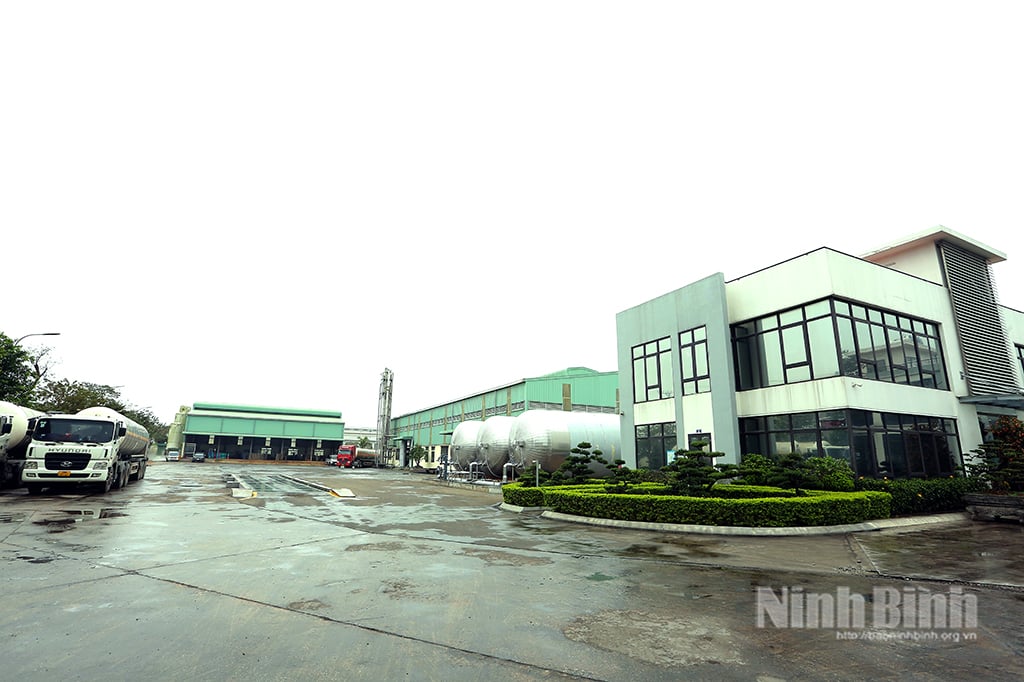
From “environmental black spots” to circular production models
Ninh Binh Phosphate Fertilizer Joint Stock Company, one of the long-standing enterprises in the locality, used to be an environmental “black spot” of the province when it was on the list of 8 facilities causing serious pollution according to Decision 64/2003/QDTTg of the Prime Minister. However, after more than 20 years, the enterprise has undergone a spectacular “transformation”, becoming a model of technological innovation, resource saving and circular production.
With modern fused phosphate production technology, the Company uses a large amount of cooling water up to 900m3/hour. Previously, the water source was taken directly from the river and discharged into the environment after treatment. However, from 2021, the Company invested 15 billion VND to build a circulating water treatment system. In June 2022, the system was confirmed by the Ministry of Natural Resources and Environment to be completed and officially put into operation, helping 100% of the water to be reused in the production cycle.
Mr. Pham Duy Linh, Deputy Head of the Company's Technical Department, shared: "Reusing cooling water not only helps increase productivity and product quality but also ensures that no wastewater is discharged into the environment, especially during the peak dry season months". The company currently has a capacity of 300,000 tons of phosphate fertilizer and 200,000 tons of NPK fertilizer per year. In particular, the working environment has been significantly improved: clean, airy, and safe in accordance with current environmental standards.
Mr. Nguyen Van Thien, a worker who has worked at the drying-grinding factory for 20 years, said: “Compared to before, the working environment is now much cleaner and safer, we feel secure to stay with the company for a long time.” It is the positive and substantial changes that have helped the business regain the trust of customers.
Mr. Duong Phung Hoang, representative of Vietimex Hai Phong Company Limited, a partner using Ninh Binh phosphate fertilizer products for more than 5 years, commented: "Product quality has improved significantly, our customers have given very positive feedback."
At Khanh Phu Industrial Park, one of the province’s key industrial centers, the industrial symbiosis model is being effectively implemented. This is a model in which waste, by-products or excess energy from one enterprise becomes input material for another, contributing to reducing emissions, saving costs and optimizing resources.
A typical example is the partnership between Ninh Binh Nitrogen One Member Co., Ltd. and Ninh Binh Industrial Gas Joint Stock Company. CO2 emitted from the nitrogen fertilizer production process is collected and refined into high-quality liquid CO2 - a product used in the beverage and mechanical industries. The entire process is 100% automated, ensuring international standards and only requiring 3 workers/shift.
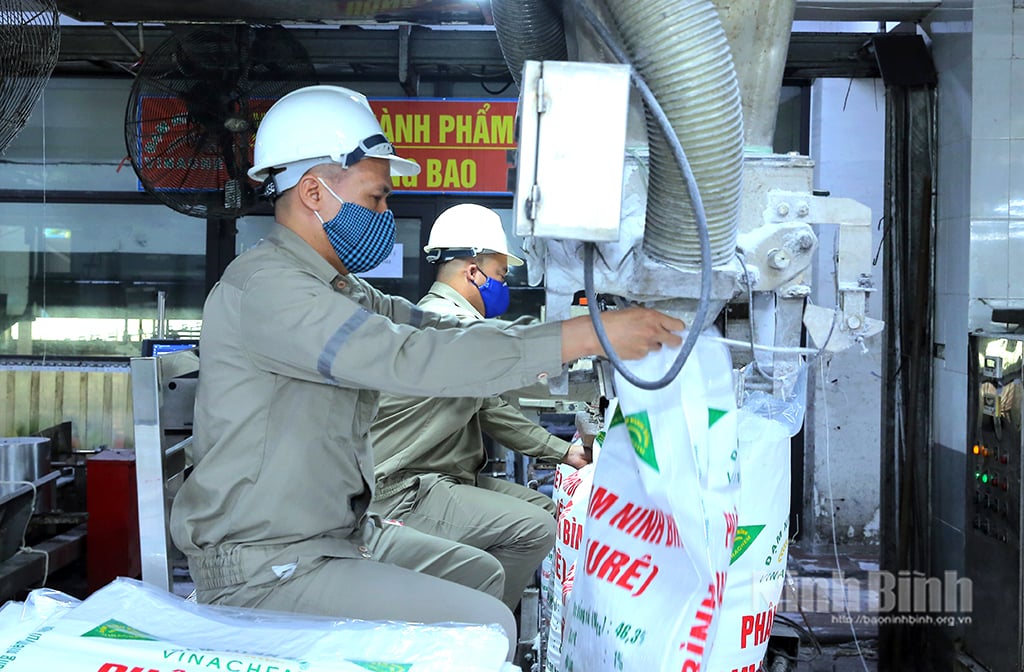
Mr. Nguyen Van Sy, Deputy Production Director of Ninh Binh Industrial Gas Joint Stock Company, Khanh Phu Industrial Park said: “Our liquid CO2 products are currently supplied to many large partners such as CocaCola, PepsiCo and mechanical factories. Currently, the Company collects and treats 50% of the CO2 emissions of Ninh Binh Nitrogen Plant, and is expected to expand to 100% in the future.”
Moon Group Mechanical Joint Stock Company, a unit using liquid CO2 in production, has installed two tanks right at the facility to conveniently receive raw materials. Mr. Tran Van Cuong, Head of the Company's Materials Department, commented: "The cooperation helps us save time, costs and ensure continuous supply." The industrial symbiosis model has helped form a network of green businesses, supporting each other to develop in a sustainable direction. Many other businesses in Khanh Phu Industrial Park are also applying a similar model in sharing energy, water, materials and waste treatment.
Strategic orientation for environmental sustainability
The success of green industrial models in Ninh Binh has been positively supported by the mechanisms and policies of the Central and local governments. According to Resolution 41-NQ/TW of the Politburo on environmental protection during the period of accelerating industrialization and modernization of the country, the budget for environmental protection is not less than 1% of total annual regular expenditure.
The Prime Minister also issued Decision No. 222/QD-TTg dated January 23, 2025 on the National Action Plan for implementing the circular economy by 2035. On that basis, the Provincial People's Committee issued the Plan for implementing the circular economy by 2035 in the province. In which, focusing on fully implementing the tasks under the responsibility of the locality on the following contents: reducing the exploitation and use of non-renewable resources and water resources; increasing the efficiency of using resources, raw materials and materials; saving energy; extending the use of materials, equipment, products, goods, components and structures; limiting waste and minimizing negative impacts on the environment; focusing on enhancing the economic aspect, increasing benefits, promoting innovation and creativity and mobilizing resources in implementing the circular economy.
Mr. Bui Duy Quang, Head of the Provincial Industrial Park Management Board, commented: Promoting the development of green industry is especially meaningful in the overall development strategy of the province. When identifying tourism and cultural industry as two strategic spearheads, ensuring a green-clean-beautiful environment is a prerequisite for Ninh Binh to become a Millennium Heritage City in the near future. The journey of developing green industry in Ninh Binh is a clear demonstration that economic growth can go hand in hand with environmental protection if there is the right direction and consensus from businesses to the government.
From reusing cooling water, utilizing CO2 emissions to recycle into valuable products, to building symbiotic industrial parks, all are creating a sustainable industrial ecosystem, where the boundary between production and environmental protection is gradually blurred. Developing green industry is not only a development goal, it is also a commitment to responsibility to the community and future generations.
Source: https://baoninhbinh.org.vn/phat-trien-cong-nghiep-xanh-vi-muc-tieu-bao-ve-moi-truong-704917.htm




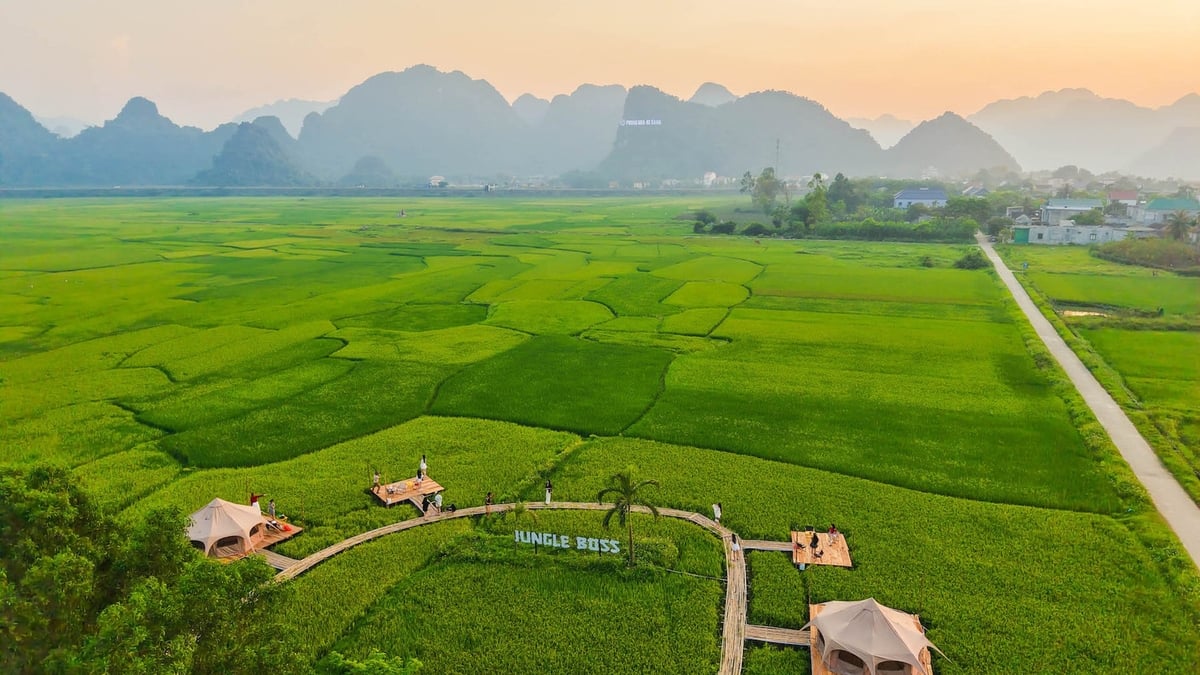



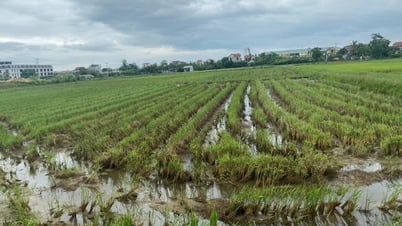

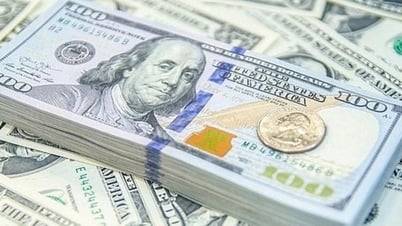



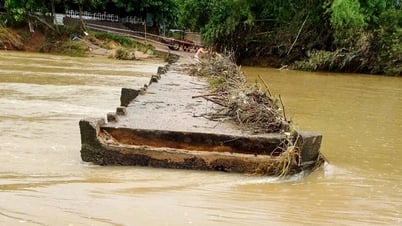









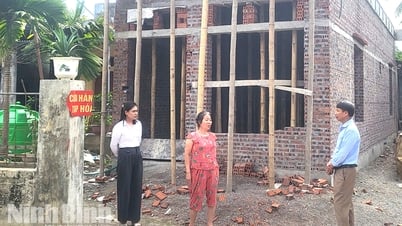
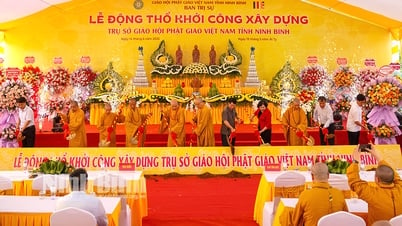
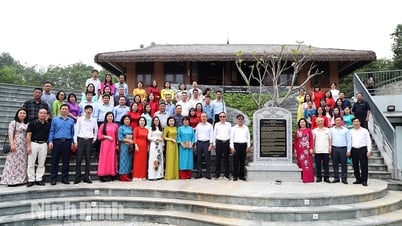

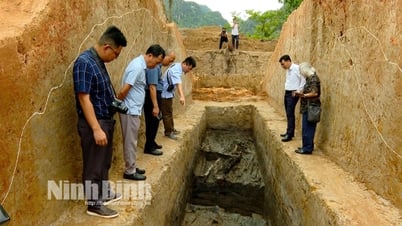
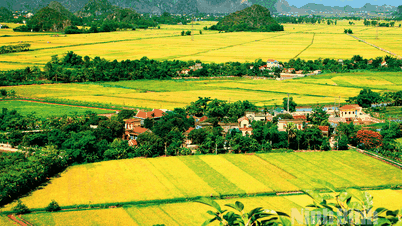






























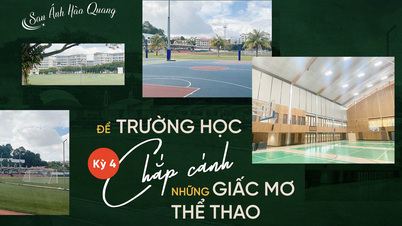
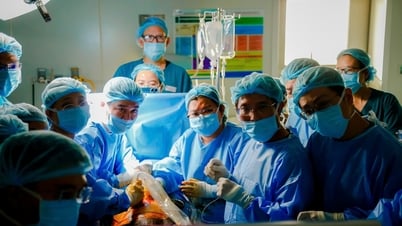












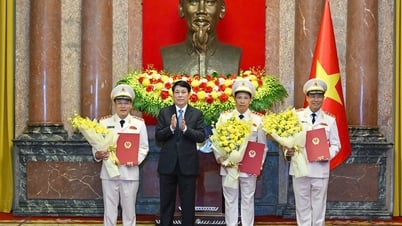

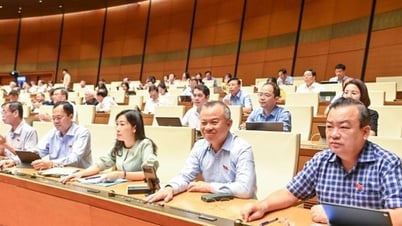



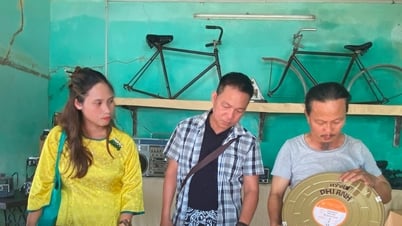















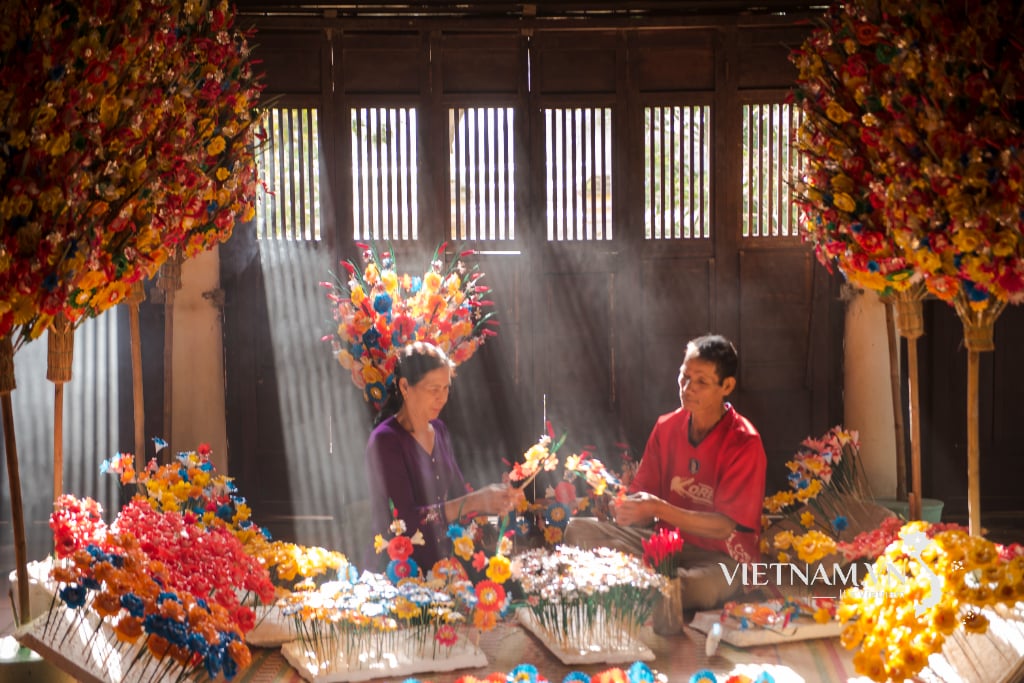
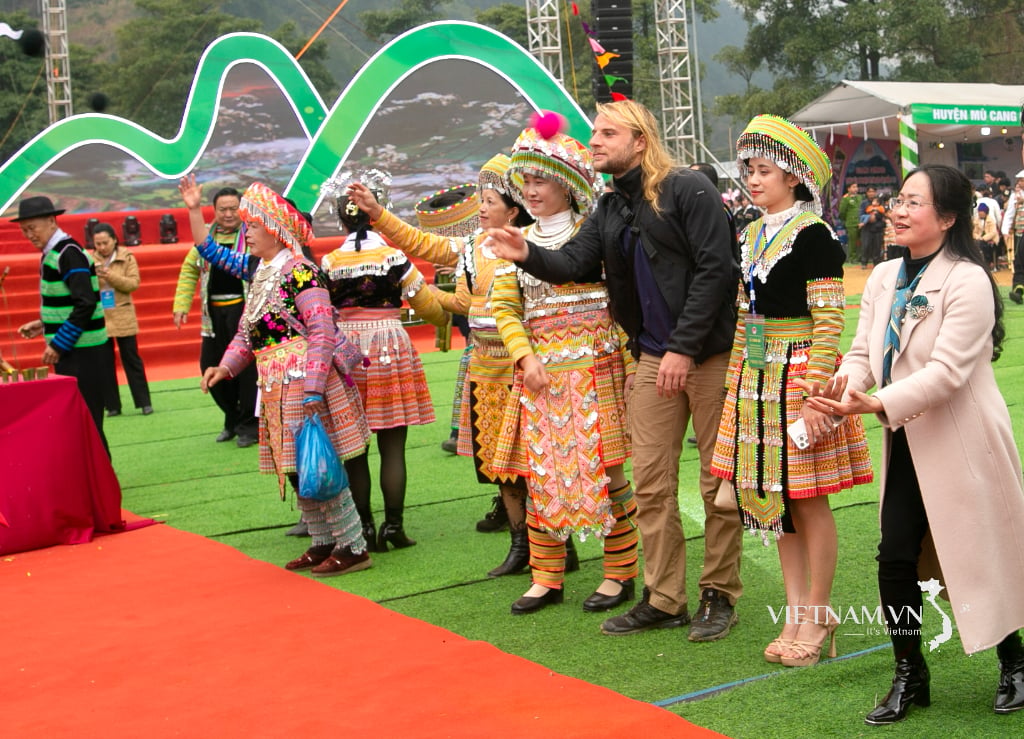


Comment (0)